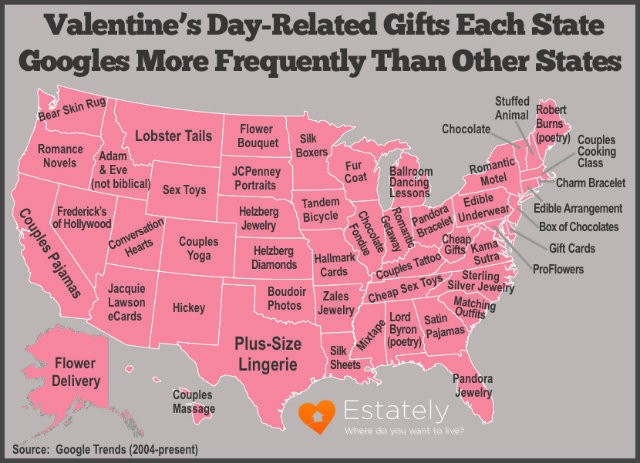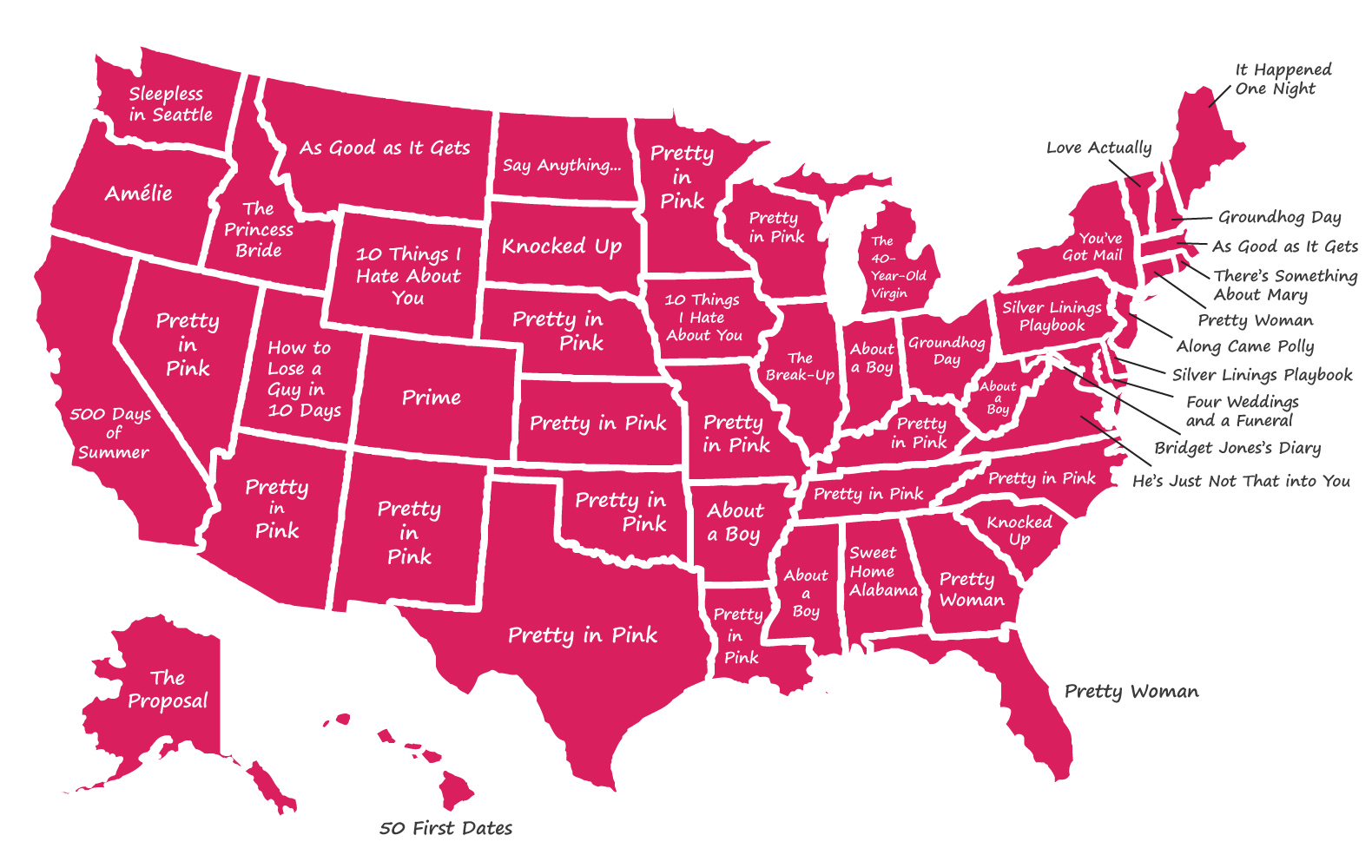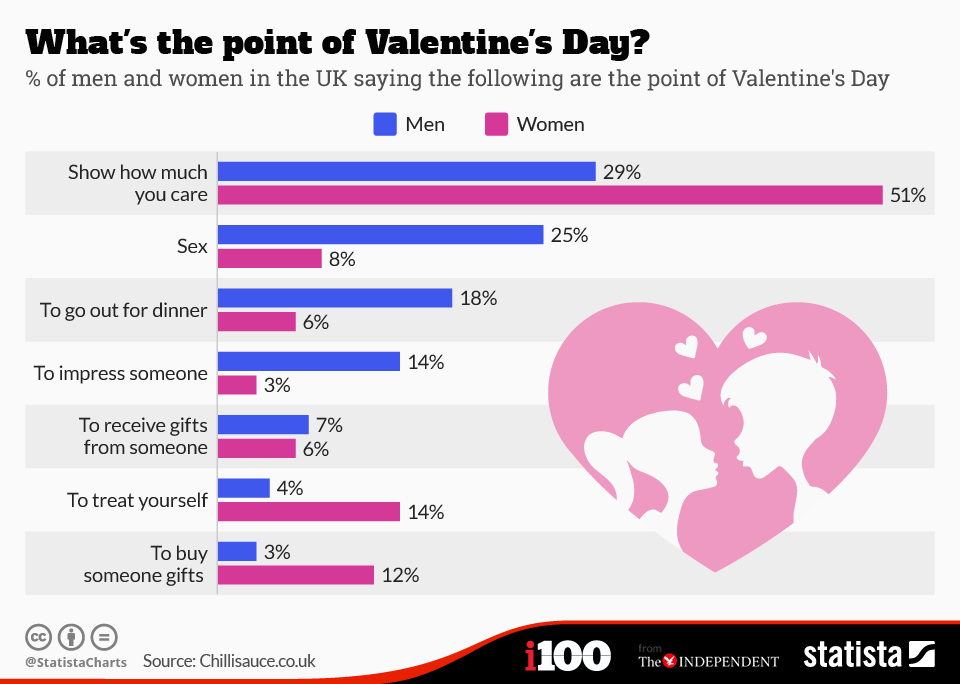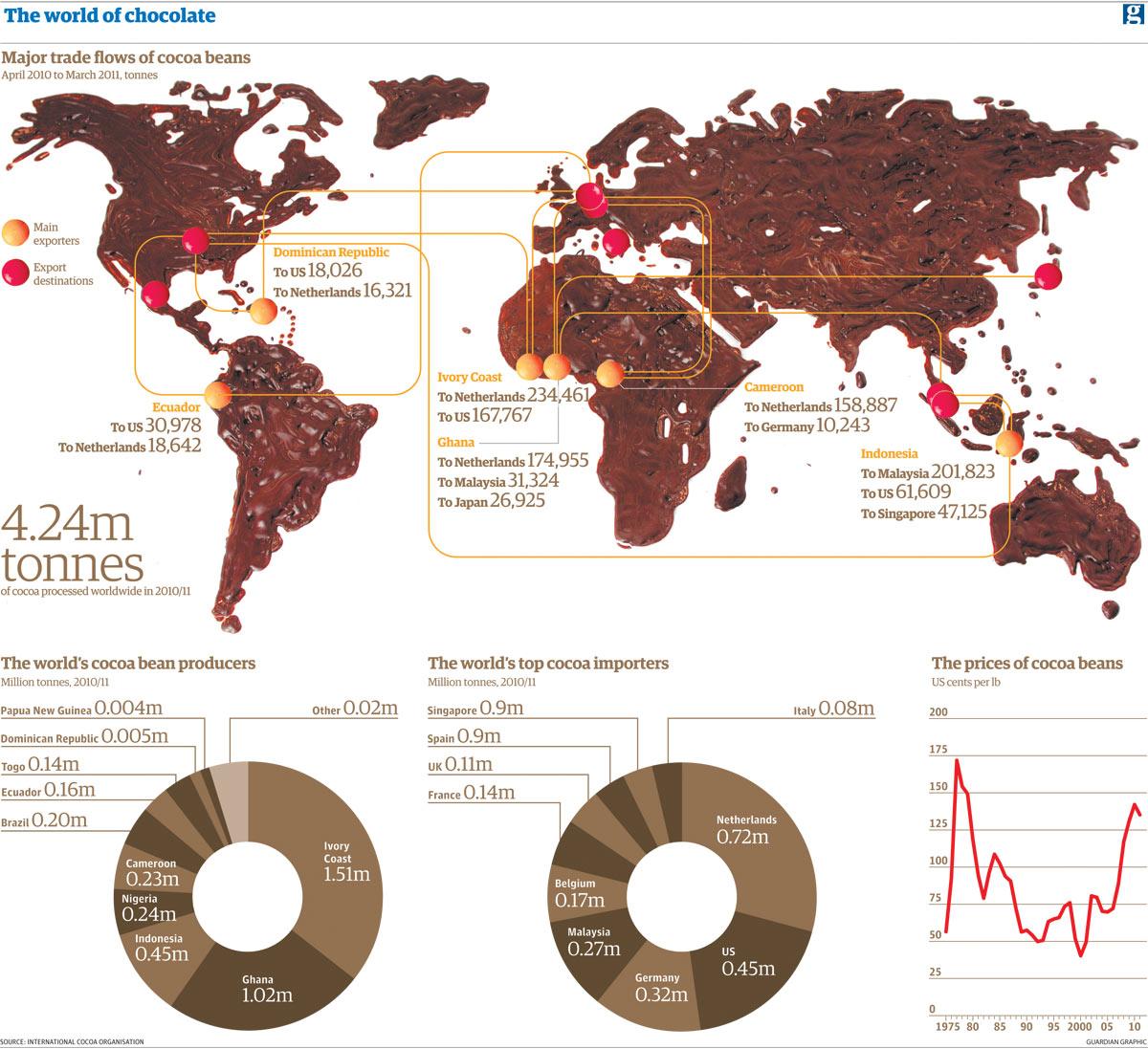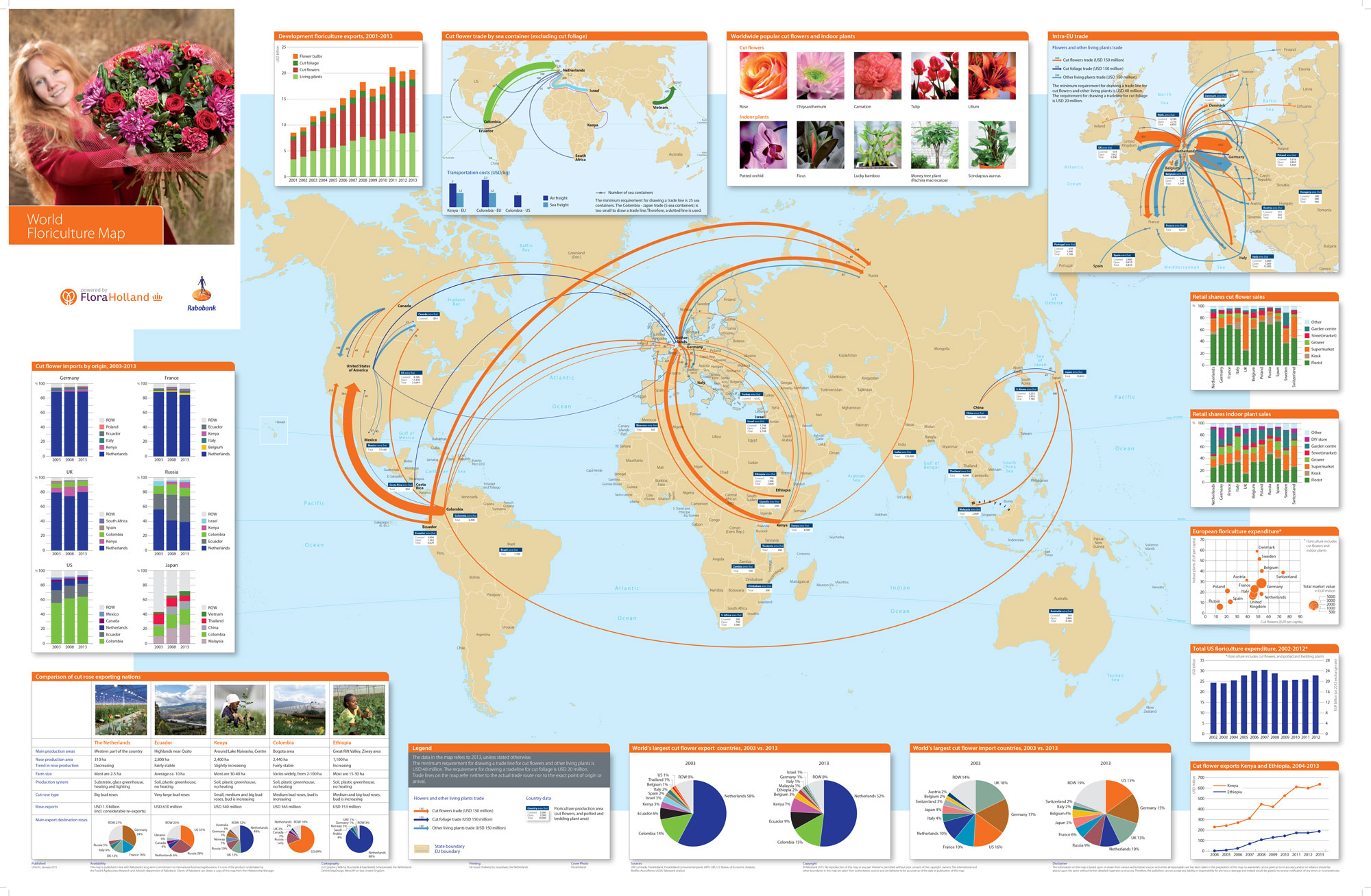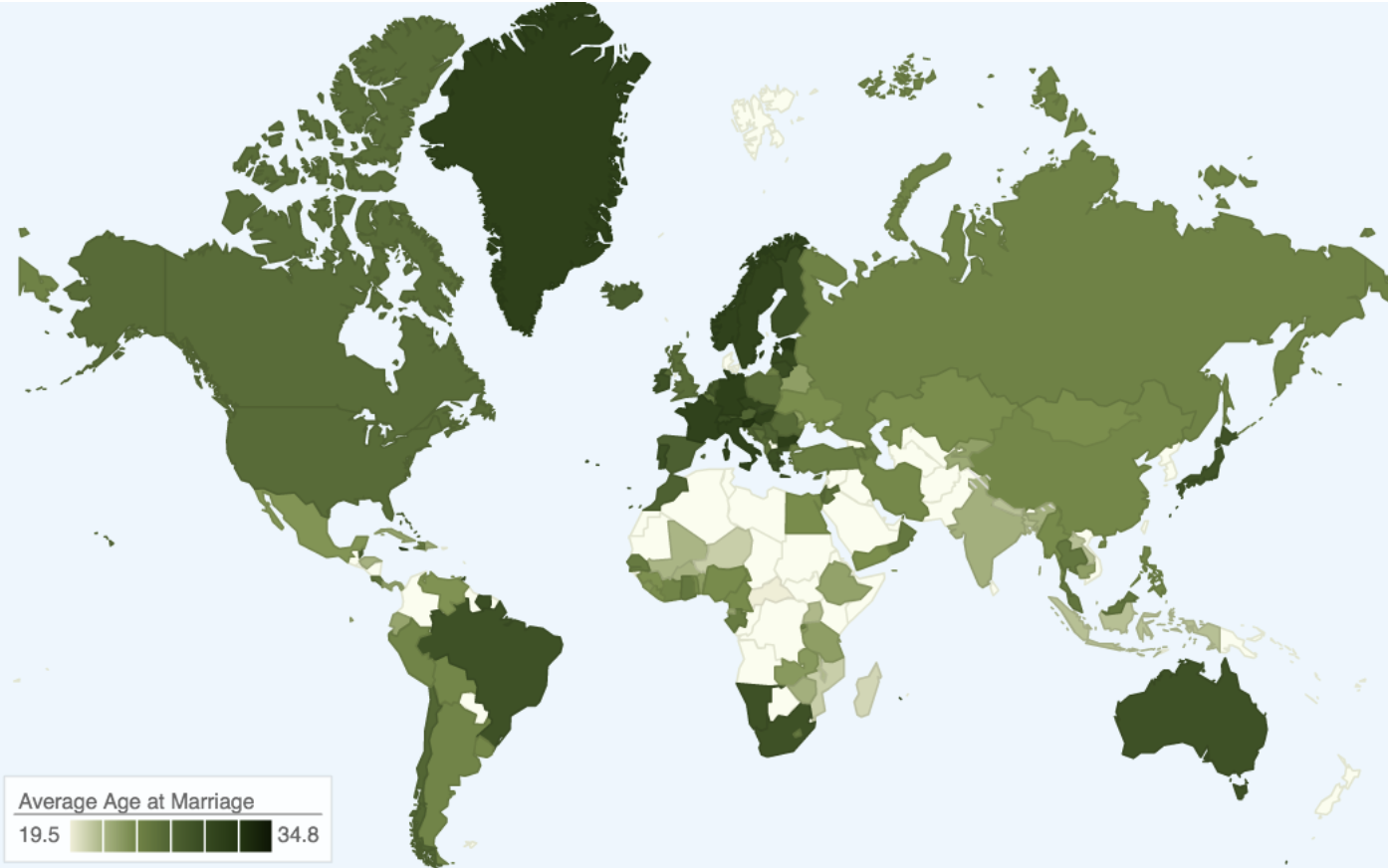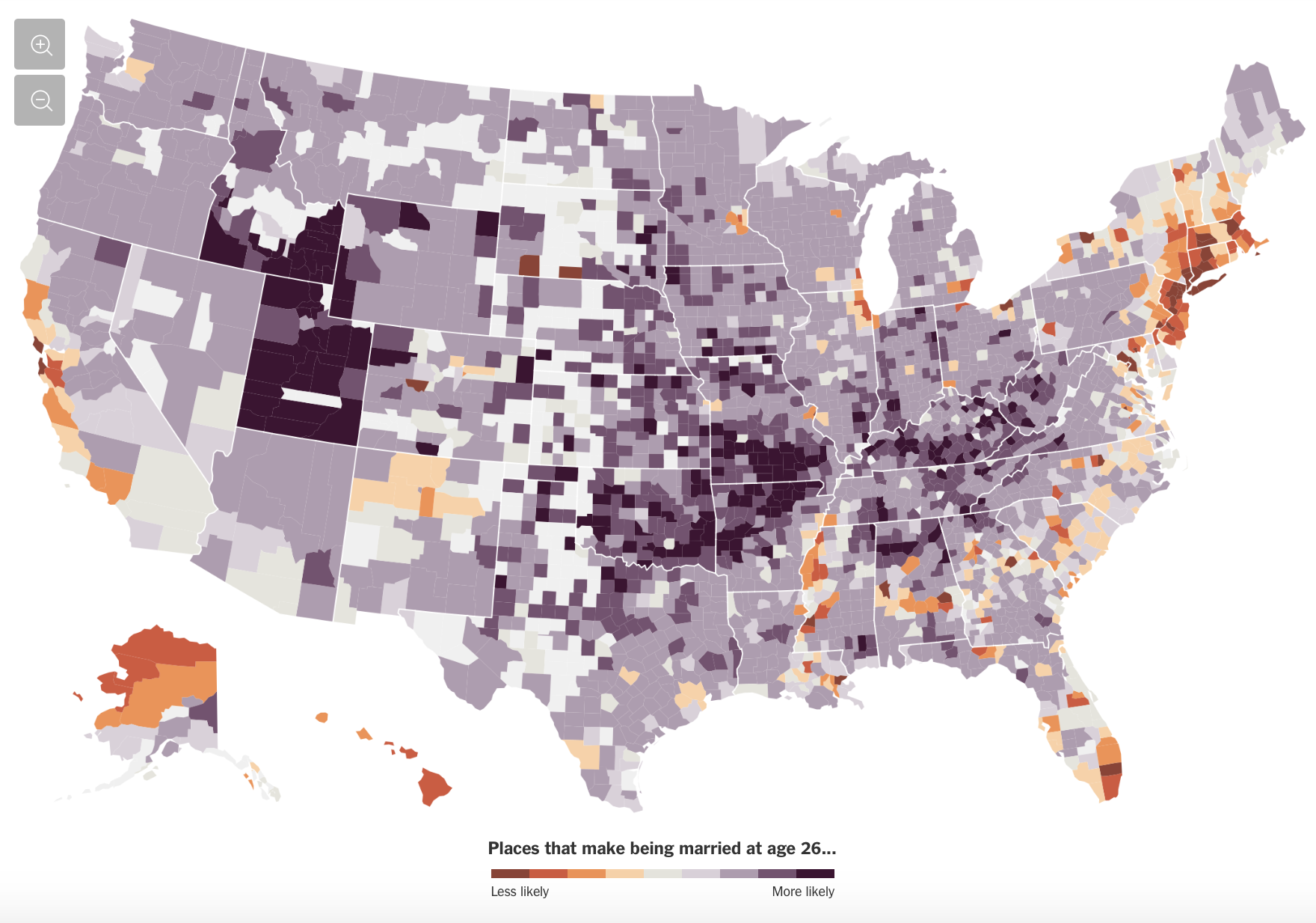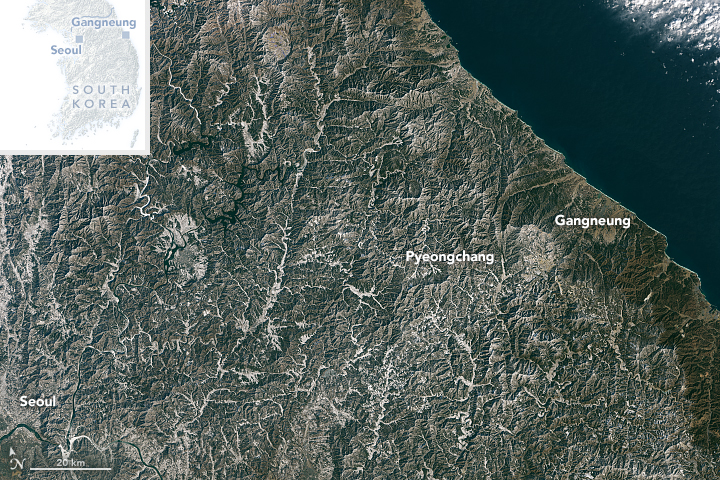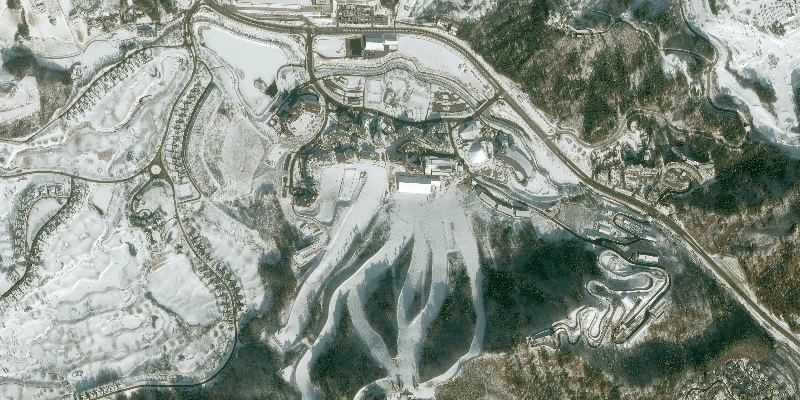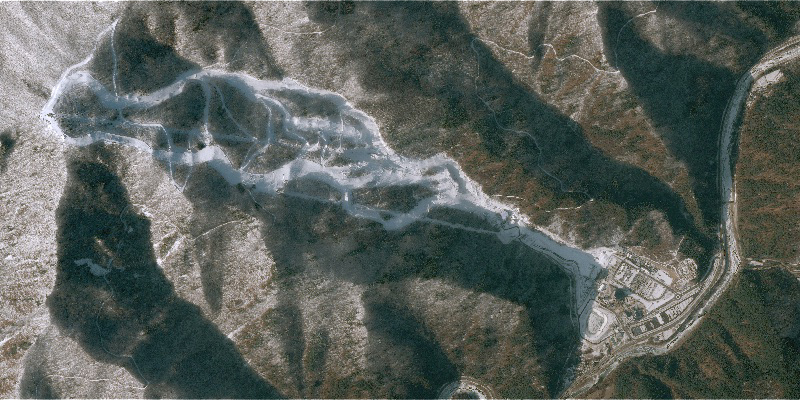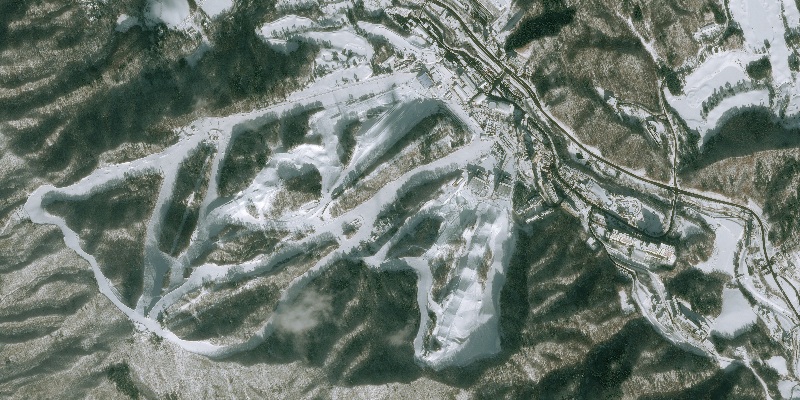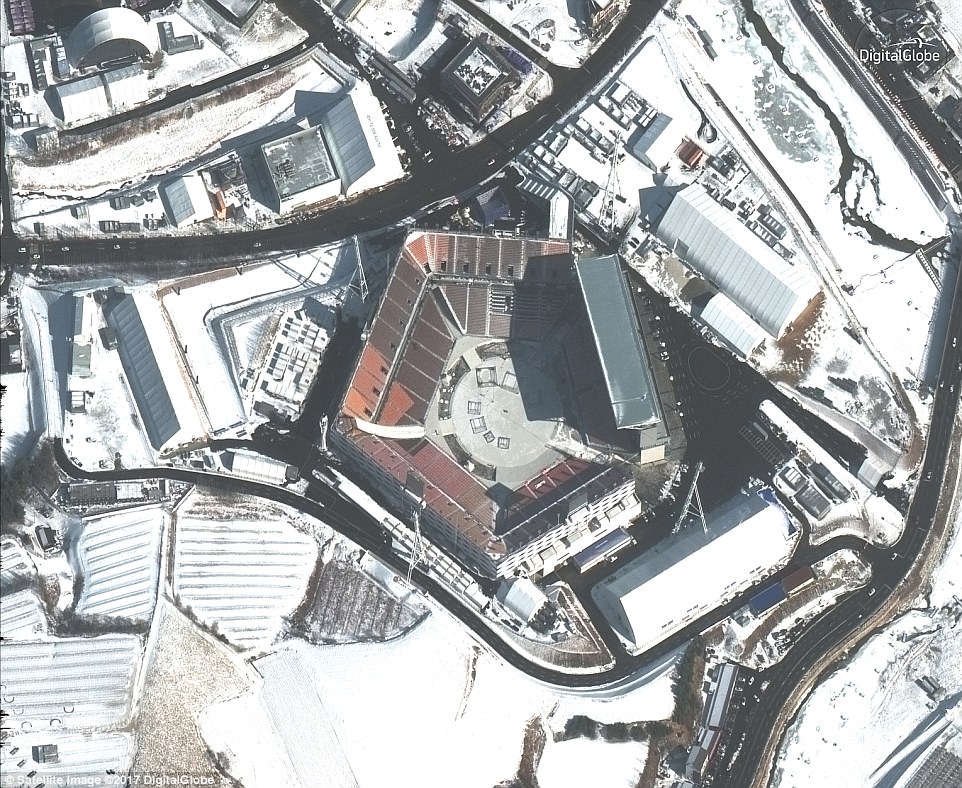
#Featured
#Fun
Top 14 maps and charts that explain Valentine’s Day
Every February 14, across the world flowers, chocolates and gifts are exchanged between loved ones, all in the name of St. Valentine. There are a number of Saints called Valentine who are honored on February 14. The day became associated with romantic love in the Middle Ages in England but the origins of the day goes back to Roman times when the fertility festivals where held all over Europe as the winter came to an end.
1. America’s $20 Billion Day Of Love
source: Forbes
2. The most popular Valentine’s Day Gift in the US in 2015
source: GoldenFleeceOnline
3. Valentine’s day spending in the United States
source: Fundivo
4. Map Shows the Most Googled Valentine’s Day Gifts in Every State
source: WideOpenCountry
5. Each state’s most popular romantic comedy
source: Seattle Times
6. What’s the point of Valentine’s Day
source: Statista
7. Valentine’s Day by the Numbers
source: History
8. Valentine’s Day Around the World
9. How to say ‘I love you’ around the world
source: Charley Chartwell
10. The geography of chocolate
source: Guardian
11. Global flower production and trade map
source: Rabobank
12. Most downloaded dating apps in 50 countries
source: Agent Media
13. At What Age Do People Get Married Around the World?
source: Pricenomics
14. How Your Hometown Affects Your Chances of Marriage
source: NY Times

#Featured
#Featured
Celebrating EO Hub’s 1st Anniversary
#Environment
#Featured
#Science
Revolutionizing disaster response with very high–resolution satellite data tasking
#Environment
#Featured
#Science
How Mining Companies are using Satellite Data for ESG and Operational Efficiency



